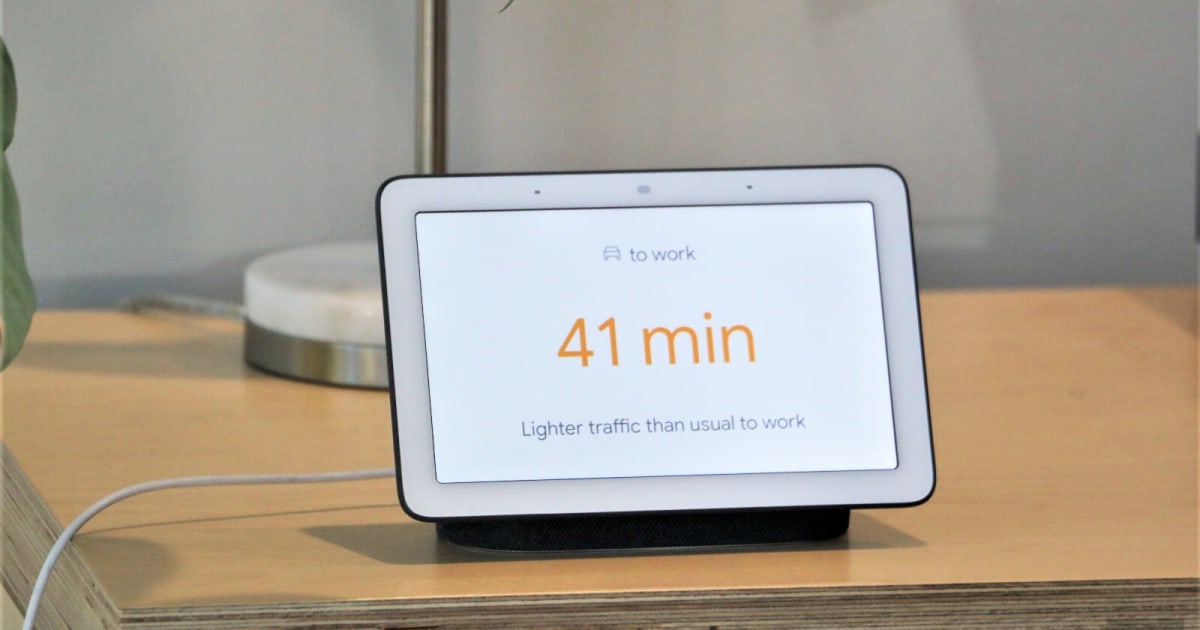Ultrasound sensing is a smart workaround for the fact the original Nest Hub (née Google Home Hub) doesn't feature a camera. By using high-frequency sounds, the smart display can tell whether you're in the same room as it is, in addition to your approximate position. It will then use this information to adjust its interface. For instance, when you're farther away from the Nest Hub, it will increase the size of its fonts to make them more legible. It will do the same with a variety of information cards. With weather cards, for example, the Nest Hub will display more detailed forecasts while sticking with just the essentials like the current temperature when you're looking at it from a distance.
The feature also allows the Nest Hub to surface something called proactive notifications. Google introduced this functionality with the Nest Hub Max. Without a camera to see who's looking at it, the Nest Hub won't tailor these notifications like the Nest Hub Max does; instead, it will show notifications that are available to everyone in your home. On the Nest Hub, ultrasound sensing is a way to use all of the above features while keeping the inside of your home private.
If you own a Nest Mini or Nest WiFi, you can already use the feature there, though with neither device including a display, its utility is more limited. When you hover your hand over those devices, they'll illuminate their indicator lights so you can where you need to tap to adjust a setting.
Update 2:45PM ET: This post has been updated with confirmation from Google that ultrasound sensing is rolling out today.
All products recommended by Engadget are selected by our editorial team, independent of our parent company. Some of our stories include affiliate links. If you buy something through one of these links, we may earn an affiliate commission.


